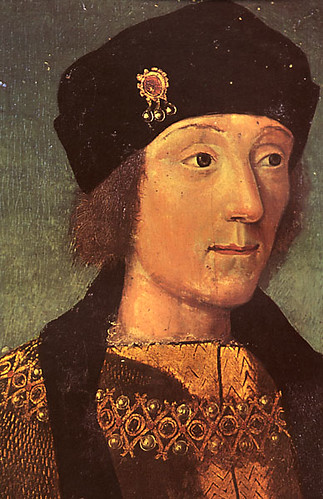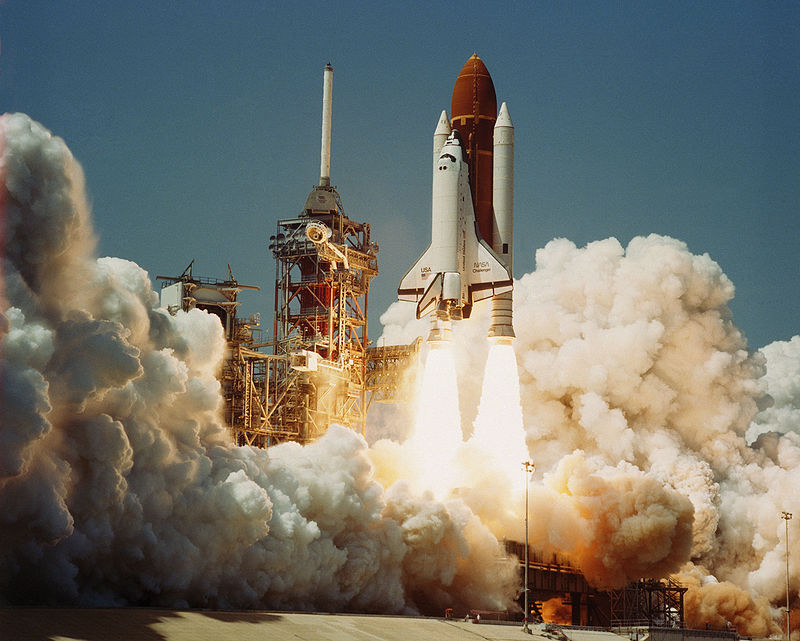President Eisenhower approves the top-secret document NSC 162/2 concerning the maintenance of a strong nuclear deterrent force against the Soviet Union.
Tag Archives: 30 October
30 October 1983
The first democratic elections in Argentina, after seven years of military rule, are held.
30 October 1961
Due to “violations of Vladimir Lenin’s precepts”, it is decreed that Joseph Stalin’s body be removed from its place of honour inside Lenin’s tomb and buried near the Kremlin Wall with a plain granite marker.
30 October 1947
The General Agreement on Tariffs and Trade is founded.
[rdp-wiki-embed url=’https://en.wikipedia.org/wiki/General_Agreement_on_Tariffs_and_Trade’]
30 October 1974
The “Rumble in the Jungle” boxing match between Muhammad Ali and GeorgeForeman takes place in Zaire.
he match was scheduled for September. Both men had spent much of the summer of 1974 training in Zaire and getting their bodies acclimated to the warm, tropical climate. Ali was known for his speed and technical skill, while Foreman’s asset was his sheer size and raw power. The younger Foreman was the overwhelming favourite against 32-year-old Ali. But Foreman was injured during training, nursing a cut near his eye, so the fight was pushed to 30 October.
The match took place in Kinshasa’s Mai 20 Stadium. Round one saw Ali attack Foreman with a “”right-hand lead,”” a cheeky shot thrown to surprise the heavyweight champion and give Ali a psychological advantage. Ali caught Foreman nine times in the first round using this technique, but failed to knock him out. In round two, Ali employed a new technique: He began to lean on the rope and cover up, allowing Foreman to punch him on the arms and body. This sapped Foreman’s energy without seriously hurting Ali. He dubbed the strategy rope-a-dope. Ali also delivered straight punches to Foreman’s face and leaned on the heavyweight champ to make him support his weight. He also used psychological tactics, like taunting Foreman to enrage and tire him. Near the end of the fight, Foreman hammered Ali with a huge body blow, and according to Foreman, Ali whispered to him, “”Is that all you got, George?”” to which Foreman thought, “”Yep… that’s about it.”” After several rounds of this, Ali had exhausted Foreman. By the eighth round, Foreman’s wild punches and weak defense became increasingly ineffective. Ali delivered several right hooks to the heavyweight champ, followed by a five-punch combination, and finished with a left hook and hard right that caused Foreman to stumble to the canvas. He was counted out by the referee.
Rumble in the Jungle became one of the most famous fights of all times. Against all odds, Ali regained his title against Foreman, a younger, stronger fighter. It also displayed Ali’s tactical techniques to full effect: He was able to take strong blows and he alternated his fighting style—from surprise jabs to rope-a-dope, to taunting and tiring Foreman—to great effect.
30 October 1485
King Henry VII of England is crowned.
On this day in 1485, the founder of the Tudor dynasty, Henry Tudor, was crowned King Henry VII at Westminster Abbey. The Tudor chronicler, Raphael Holinshed, recorded:
“…with great pomp he rowed unto Westminster, & there the thirtieth day of October he was with all ceremonies accustomed, anointed, & crowned king, by the whole assent as well of the commons as of the nobility, & called Henrie the seventh of that name: which was in the year of the world 5452, and after the birth of our Lord 1485, in the forte and sixth year of Frederike the third then emperor of Almaine, Maximilian his son being newly elected king of the Romans, in the second year of Charles the eight then king of France, and in the fine and twentieth of king James then ruling the realm of Scotland.
His biographer, Thomas Penn, describes how this was the occasion that Henry was united with his mother, Lady Margaret Beaufort, whom he’d not seen for fourteen years. Margaret was said to have “wept marvelously”.
Henry was the first Tudor monarch and had claimed the crown of England after defeating Richard III at the Battle of Bosworth Field on the 22nd August 1485. He had actually been unofficially crowned with Richard’s crown on the battlefield that day.
On the 18th January 1486, Henry united the Houses of Lancaster and York by marrying Elizabeth of York, a move which strengthened his monarchy and his future offspring’ claims to the throne. Henry VII reigned until his death on 21st April 1509, when he was succeeded by his son Henry VIII.
30 October 1985
The Space Shuttle Challenger takes off for on its final successful mission.
Space Shuttle Challenger was the second orbiter of NASA’s space shuttle program to be put into service following Columbia. The shuttle was built by Rockwell International’s Space Transportation Systems Division in Downey, California. Its maiden flight, STS-6, started on April 4, 1983. It launched and landed nine times before breaking apart 73 seconds into its tenth mission, STS-51-L, on January 28, 1986, resulting in the death of all seven crew members, including a civilian school teacher. It was the first of two shuttles to be destroyed in flight, the other being Columbia in 2003. The accident led to a two-and-a-half year grounding of the shuttle fleet; flights resumed in 1988 with STS-26 flown by Discovery. Challenger itself was replaced by Endeavour which was built using structural spares ordered by NASA as part of the construction contracts for Discovery and Atlantis.
30 October 1922
Benito Mussolini becomes Prime Minister of Italy.
30 October 1960
The first successful kidney transplant is performed.
30 October 1974
“The Rumble in the Jungle” between boxers Muhammad Ali and George Foreman takes place in Kinshasa, Zaire.



